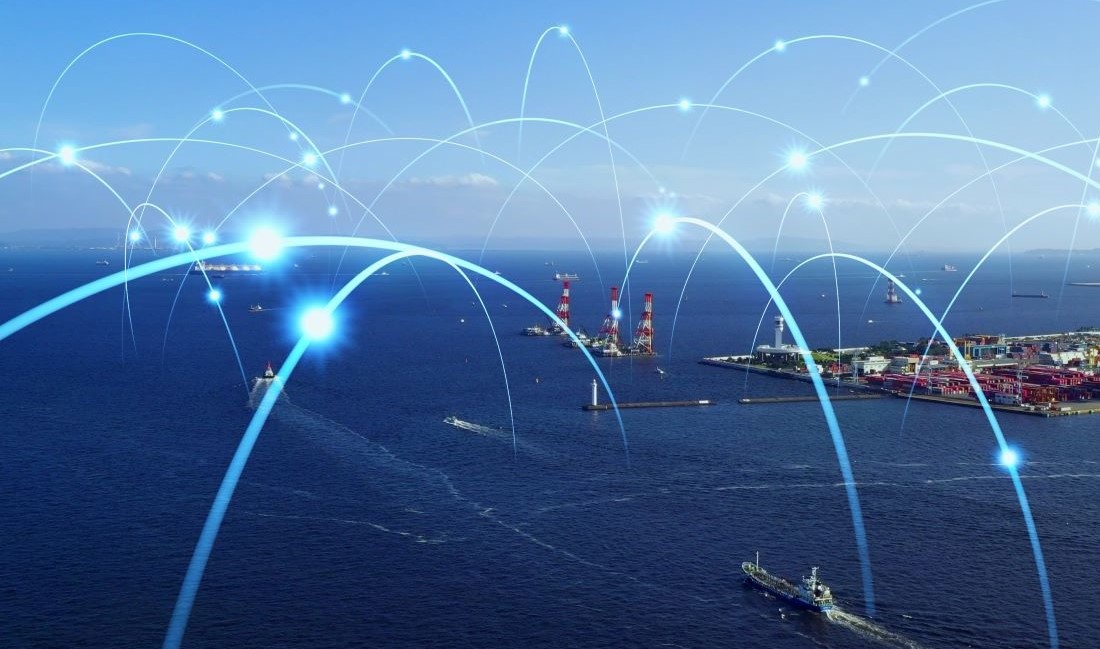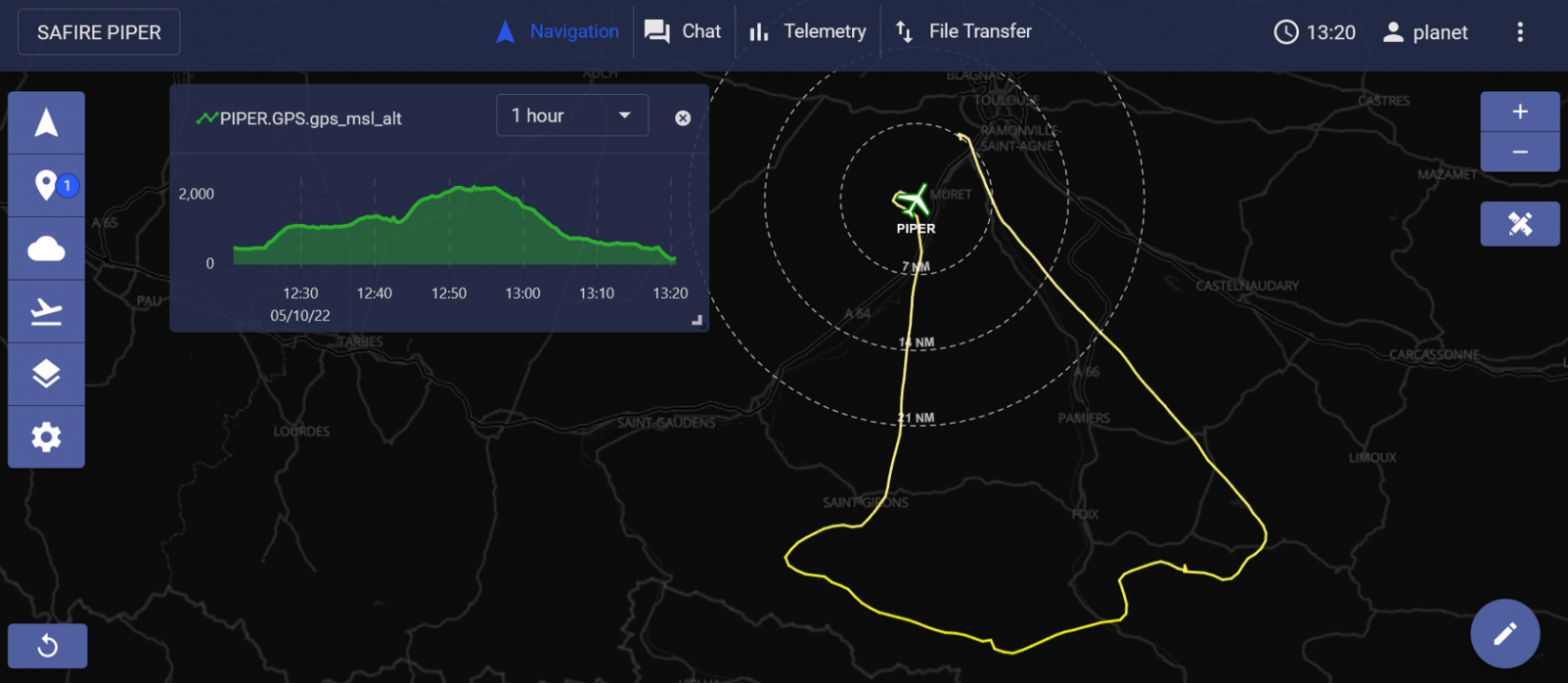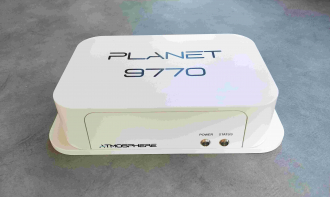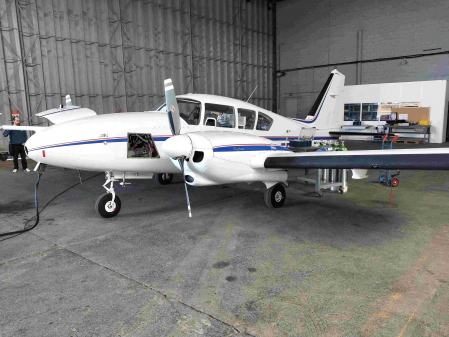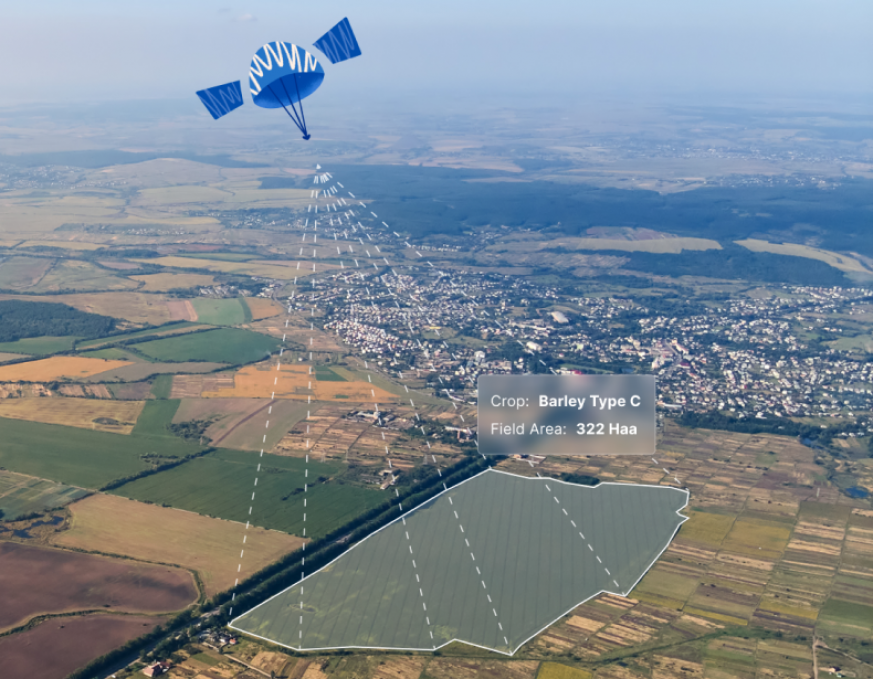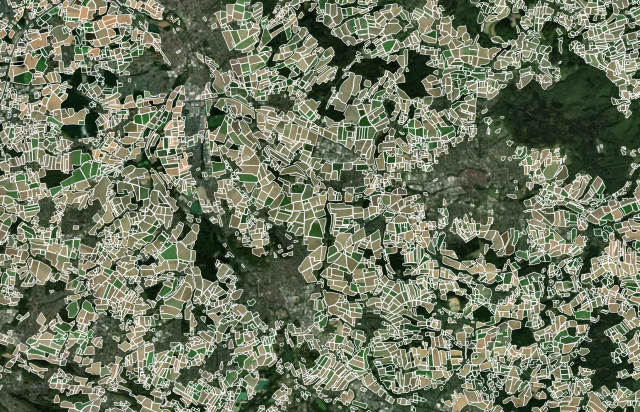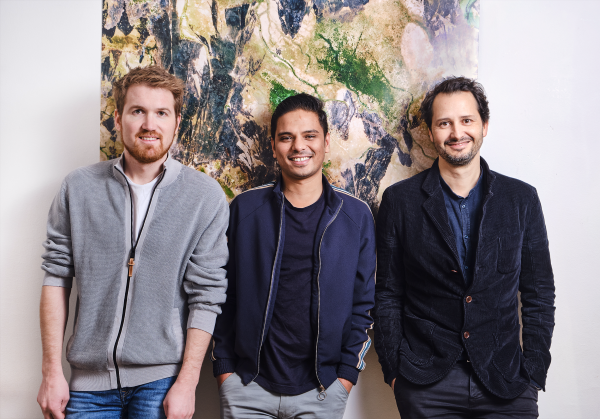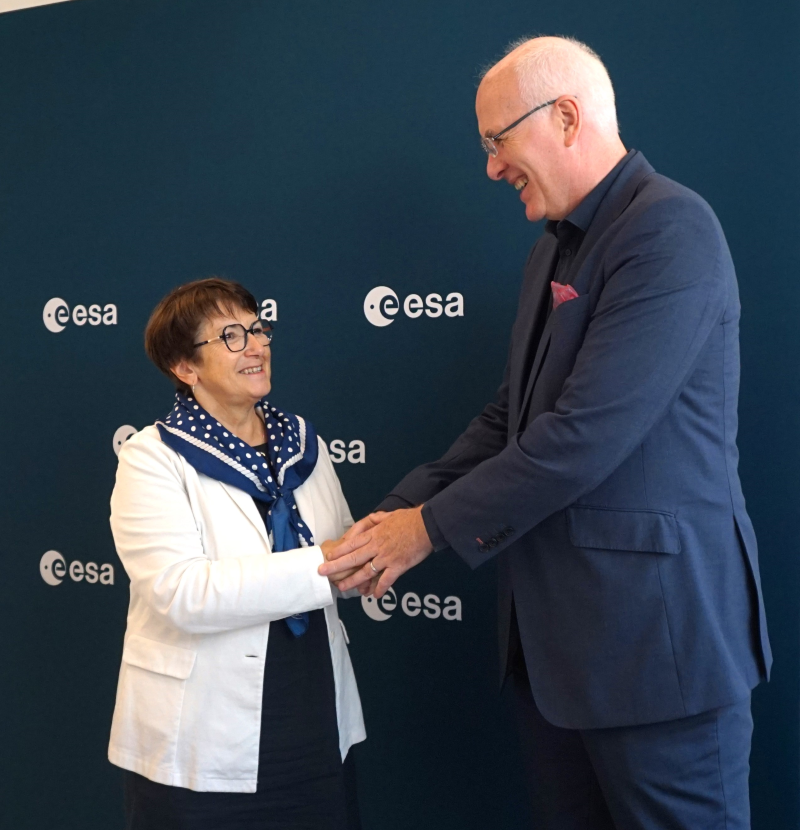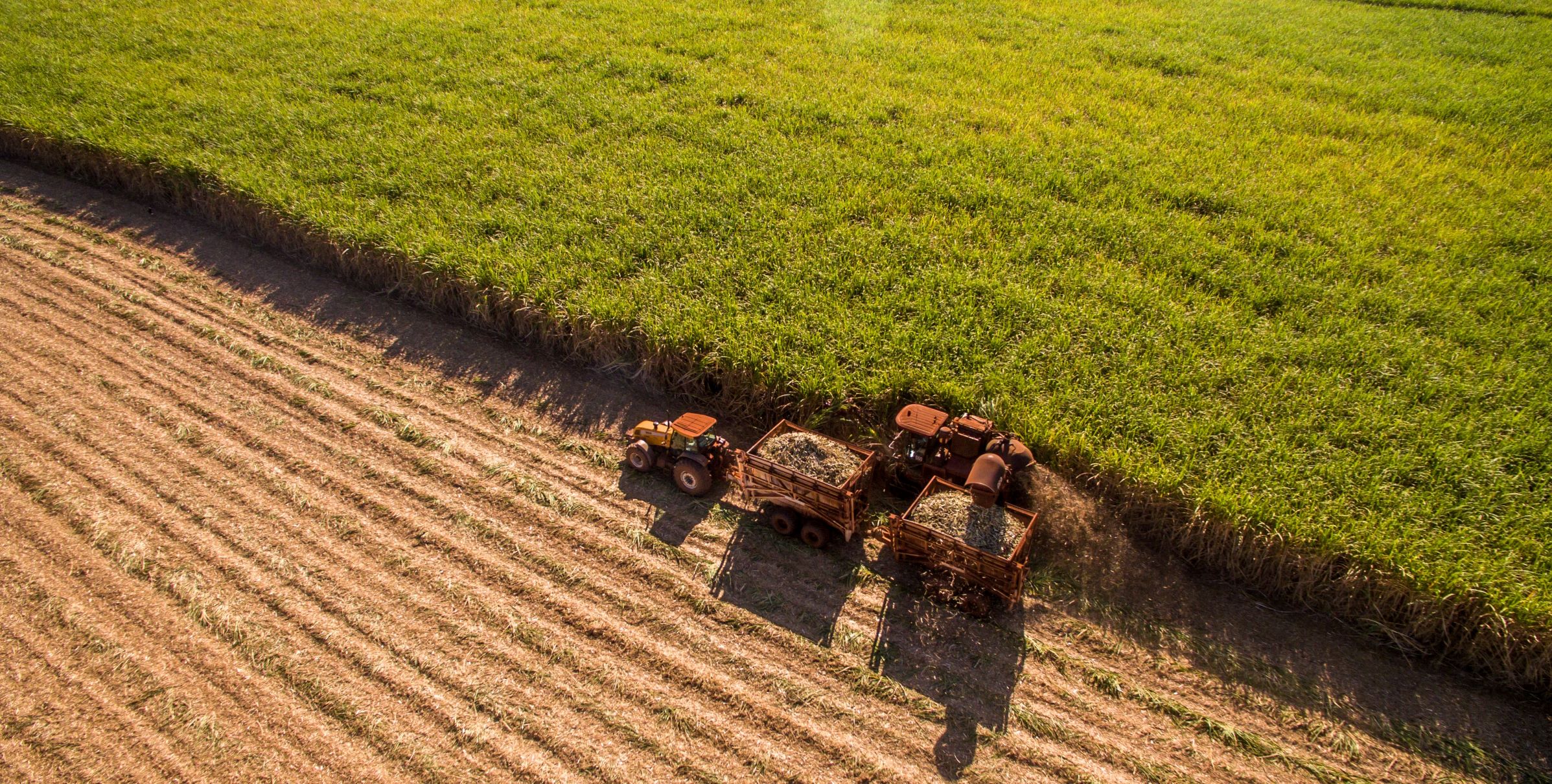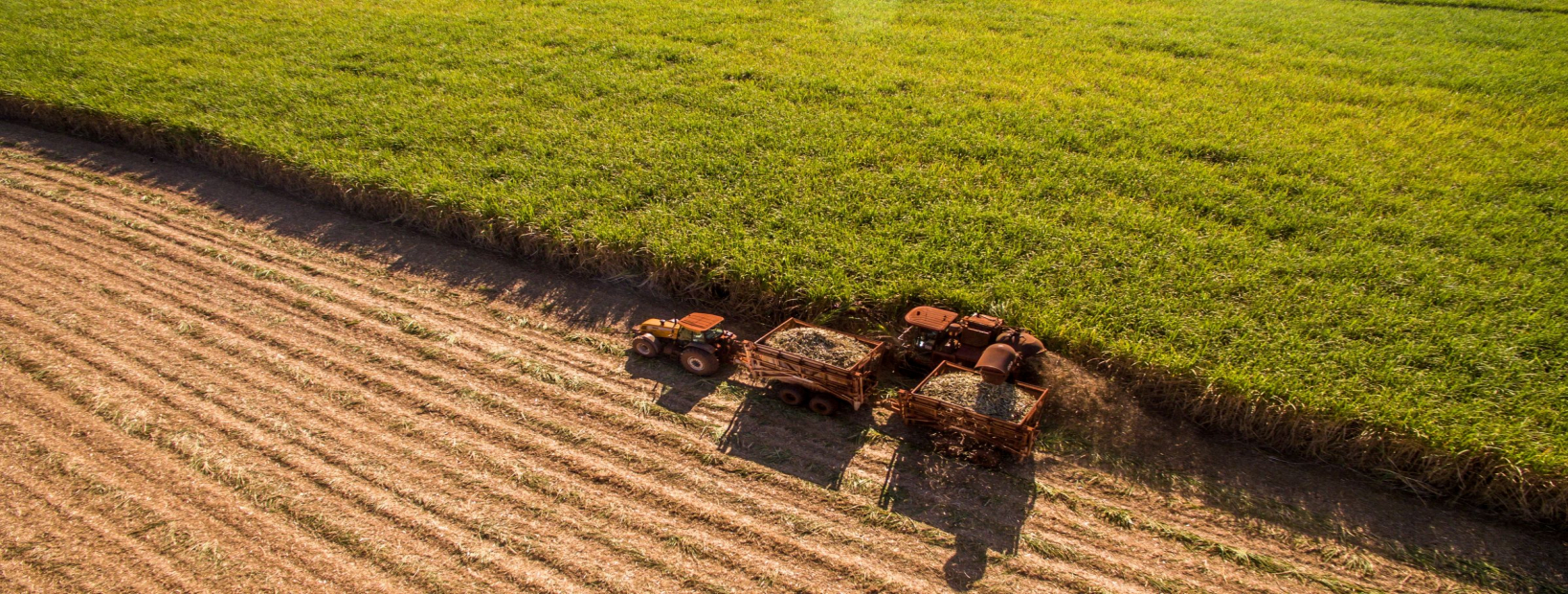
ESA released a new and expanded Green Dossier alongside the Space Summit in Seville on 6-7 November 2023. The latest edition of the flagship report highlights the unprecedented growth in green and sustainable activities carried out under ESA's Business Applications and Space Solutions (BASS) programme. The scope of the new dossier reflects the accelerating momentum in this core area and ESA’s commitment to safeguarding our future on Earth.
Through its BASS programme, ESA supports businesses of all sizes to develop commercially sustainable space-based products and services for adoption on Earth. Since 2010, €183M has been invested in 300 activities related to the green transition, addressing both the challenges and the opportunities faced by key non-space sectors that contribute to greenhouse gas emissions, such as transport, protection of biodiversity, agri-food and energy transition. The green transition now drives 48% of all BASS activities and, through its work, ESA is reducing waste, preserving habitats, easing energy consumption, lowering emissions, and keeping our waters cleaner.
Maria Mateo Ibora is the Founder and CEO at IBISA, whose pioneering climate insurance system, developed under the BASS programme, uses satellite data to provide accurate and affordable cover to farmers in the developing world. Maria says “Our collaboration with ESA has truly been a catalyst, bolstering our technological and commercial capabilities, while helping us to combat the everyday impact of climate change. As we look ahead, we see a landscape rich with opportunity.”
While an effective green transition is a high priority for our environment, it is also estimated that the move towards a low-carbon future will bring $26 trillion in economic benefit*. A drive towards sustainability brings vast opportunity for European industry to innovate and to establish new business propositions using space assets. During 2023 alone, BASS initiated 67 activities in the green arena, receiving €15M investment from industry, and witnessed significant socioeconomic returns, from unprecedented sales of products and services to new jobs and key partnerships.
"We were delighted to work with ESA in our mission to bring climate-informed decision-making to infrastructure investment and management worldwide,” says Tobias Engelmeier, co-founder and CEO of VIDA, whose satellite-enabled sustainable infrastructure solution developed with BASS subsequently attracted €3M in external funding. “It has empowered us to accelerate our growth, reach new markets and build out our unique assessment tools that help to combat the challenges of climate change."
Strategic partnerships form the building blocks of BASS’s success, strengthening the impact of space-based solutions and driving the acceleration of the green agenda. To date, ESA has partnered with leading global firms in a variety of sectors, including CGFI, Aeroporti di Roma, Power for Planet, One Sea, IVECO, Copa Cogeca and E.ON. BASS has also launched several task forces, with the aim of linking major stakeholders and identifying ways to generate positive social, economic and green outcomes. These include the Space for Smart and Green Cities and Space for Innovation in Energy Task Forces, which will soon be followed by the Space for Maritime Sustainability Task Force.
Geraldine Naja, ESA’s Director of Commercialisation, Industry and Competitiveness (CIC), said “The Green Dossier provides striking evidence of the contribution of the BASS programme to furthering ESA’s green agenda. With almost half of its projects driving the green transition, BASS has its sights set firmly on a sustainable, carbon-neutral future.”
Nick Appleyard, Head of ESA’s Applications and Solutions Department, added “The BASS team have made remarkable strides forward in establishing space as an essential component in the transition to a green future and the new Green Dossier is testament to that. It also comes at a defining moment in the new space age, where space assets are becoming ever-more accessible to non-space actors in the drive to transform life on Earth – long may it continue.”
BASS’s ambitious green agenda does not stop here. The team will continue to plant new seeds in the drive for a more sustainable future, exploring untapped areas of the green marketplace, promoting innovation and accelerating transformation through action-based partnerships. A multitude of new activities will unearth the latest innovations and help businesses reach their markets and successfully scale their solutions, while Task Forces will accelerate the use of space solutions for the decarbonisation of society, and new reporting systems will quantify green impact.
Together with advanced Earth Observation technology and solutions, the Green Dossier is also one of the building blocks of ESA's collaborative and multi-partner Space for a Green Future Accelerator initiative aimed at catalysing and scaling green solutions towards carbon-neutrality by 2050.
The Space Summit will bring together ministers from ESA Member States to continue to shape Europe’s role in space, with a key theme being how ESA is driving space for a green future. The contents of the new Green Dossier are a fitting representation of the advances ESA’s BASS programme is making in this, ESA’s key mission. It presents significant intensification and growth in the adoption of space for a green future, underpinning ESA’s commitment to UN sustainability goals and its mission to strengthen Europe as a space power.
* Global Commission on the Economy and Climate
Posted to Hero article section
Posted to Hero article section


